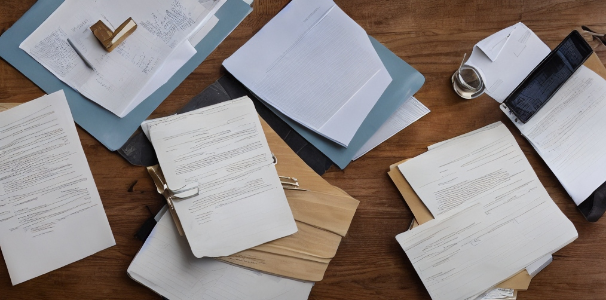Batch manufacturing records (BMR) are an essential part of pharmaceutical manufacturing as they document the entire process of production and ensure that all steps have been performed correctly. Here are the preparation steps for BMR as per schedule M in pharmaceuticals:
Steps for Batch Manufacturing Records Preparations:
1. Design the BMR format: The BMR should be designed in a way that all relevant information is captured and is easily understandable. The format should include sections for the Line clearance checklist, Index, batch details, equipment details, raw material details, manufacturing instructions, in-process controls, and quality control results.

2. Mention Records: Before beginning the preparation of BMR, ensure that you have all the necessary information such as the product’s name and reference code related to its specifications, batch size, raw material details, equipment details, patent or proprietary name of the product, along with its generic name, dosage form description, strength, and composition must be specified.
3. Bill of materials (BOM): The Bill of materials must include, ingredients, their quantities, A.R numbers, and weight checked by the production officer, and verified by IPQA persons.
4. Instructions: Provide a detailed manufacturing procedure that includes step-by-step instructions for every stage to be followed while manufacturing a product. The procedure should include all necessary information, such as equipment requirements, materials, and methods. Instruction for Precautions shall be mentioned this includes, safety precautions, such as the use of personal protective equipment (PPE), and precautions to ensure that the product is not contaminated. Other areas include environmental controls, such as temperature and humidity control, to ensure that the product is manufactured as per the given SOP.
5. Document all in-process controls: Throughout the production process, various in-process controls are performed to ensure that the product is meeting the required quality standards. All these controls including detailed stepwise processing instructions and the time required for each step must be included and documented in the BMR. Any deviations from the manufacturing instructions should be documented along with the corrective actions taken.
6. Yield: The expected final yield with acceptable limits, and relevant intermediate yields, where applicable, must be stated.
7. Specimens: The packing details and specimen labels must be included.
8. Review and approve the BMR: The BMR should be reviewed by authorized personnel and approved before the manufacturing process begins.
9. History and Change Records: Change records document any changes that have been made to the product or process over time. This includes changes to the design, manufacturing process, or specifications. Change records include revision date, reasons for revision, old methods description, and new methods implemented.
BMR sample Download

Naresh Bhakar is the Founder and Author at Pharmaguddu.com, bringing his extensive expertise in the field of pharmaceuticals to readers worldwide. He has experience in Pharma manufacturing and has worked with top Pharmaceuticals. He has rich knowledge and provides valuable insights and data through his articles and content on Pharmaguddu.com. For further inquiries or collaborations, please don’t hesitate to reach out via email at [email protected].
